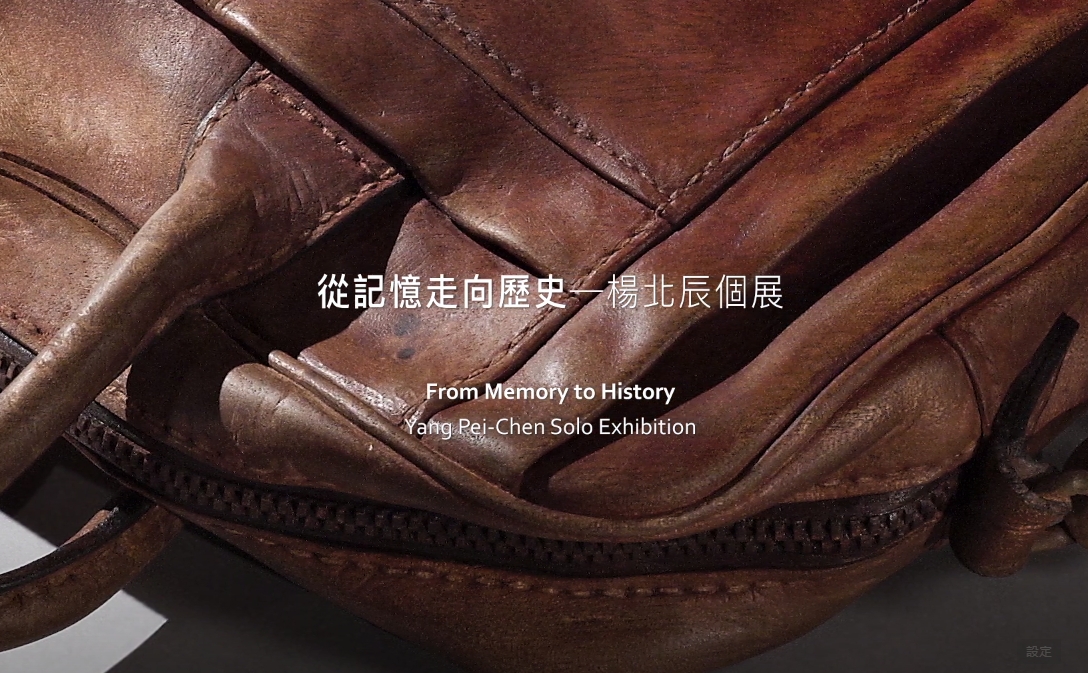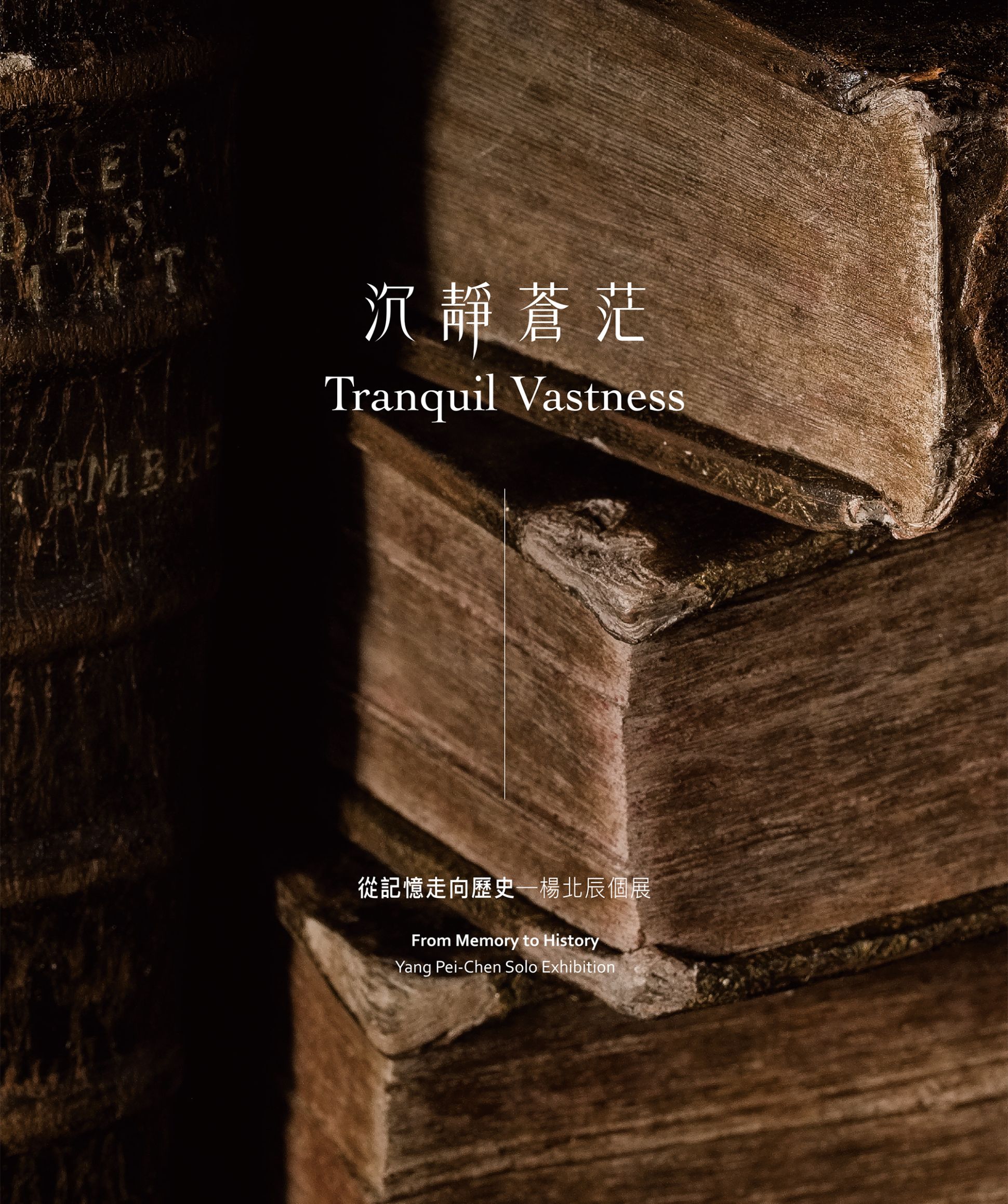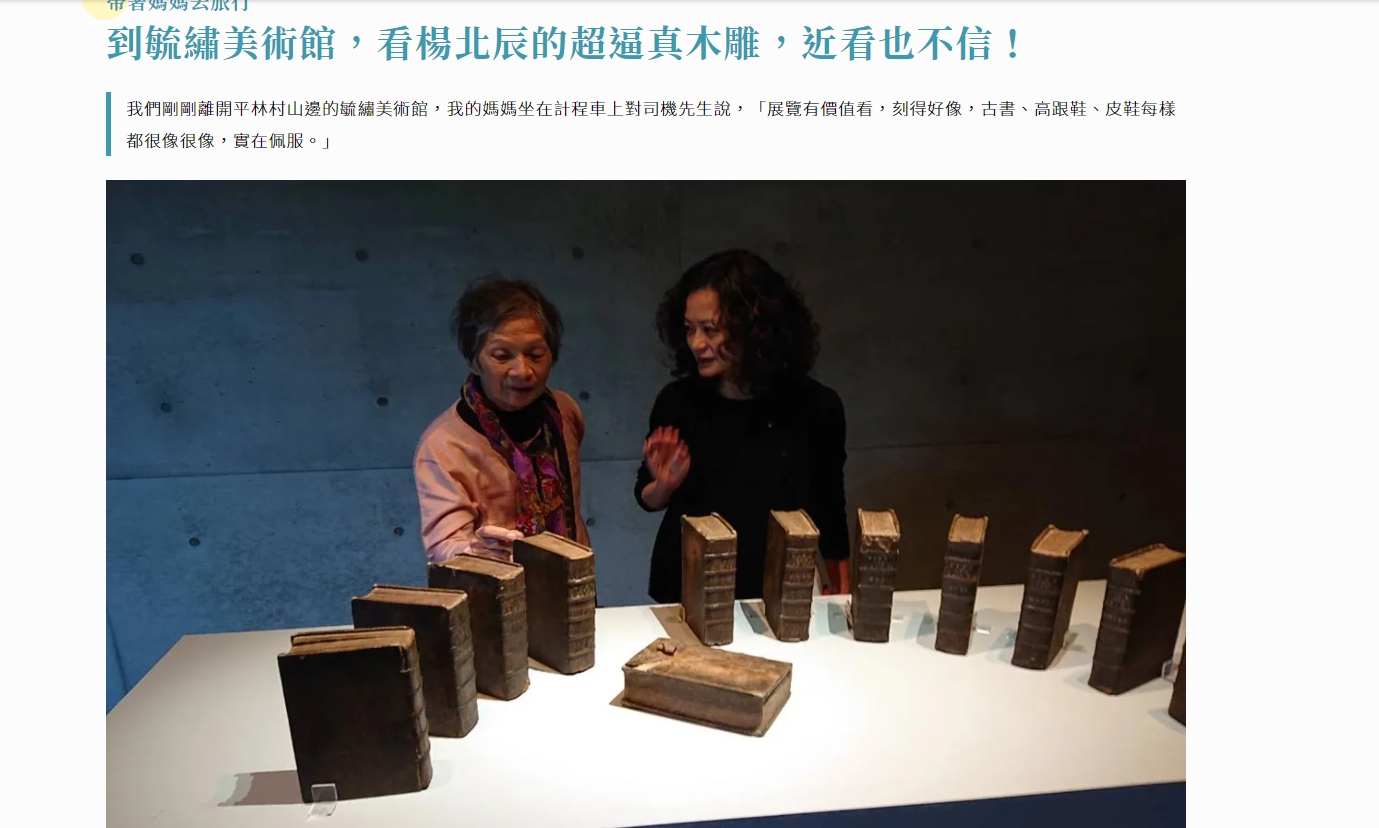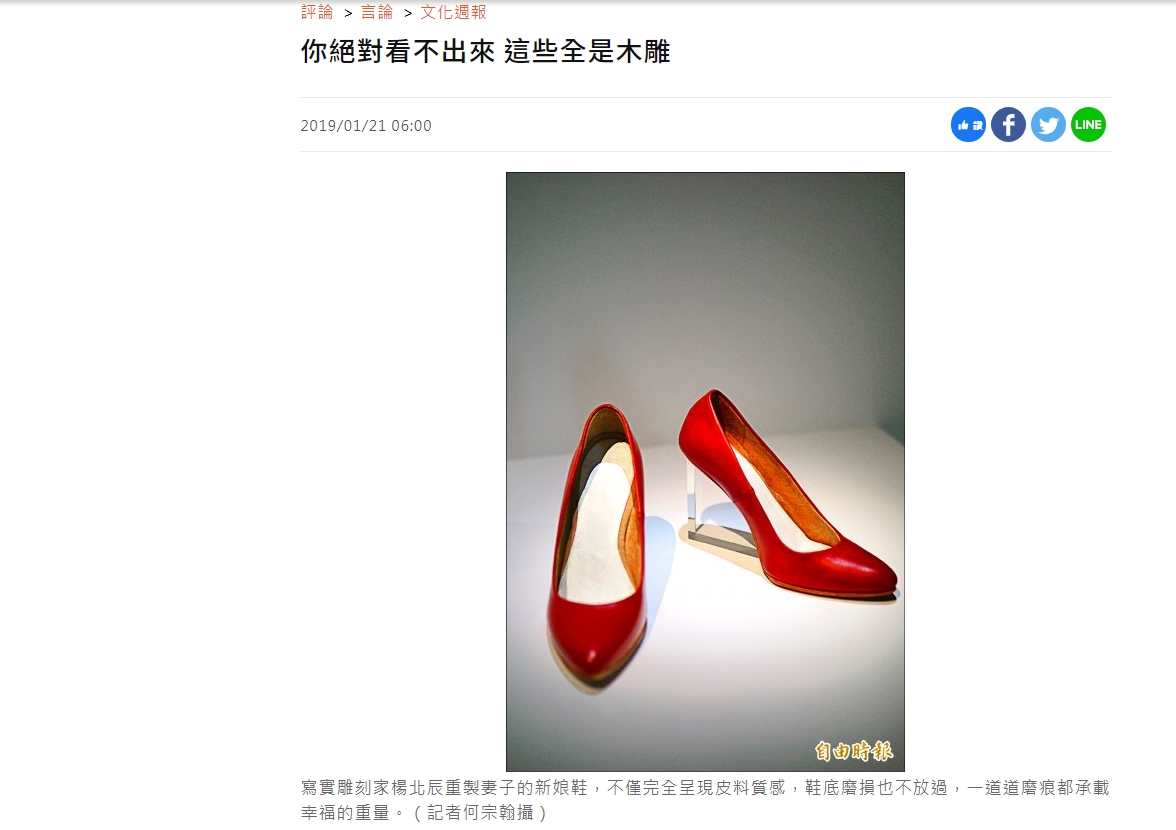Tranquil Vastness: From Memory to History ─ Yang Pei-Chen Solo Exhibition


2019.01.12 - 2019.05.19 | 1F-2F, Yu-Hsiu Museum of Art
Introduction
Text by Zhang Wei
Who awakens memory from its deep slumber? Who tightens the thread of the historical tapestry when it is being woven? History and memory have been the core subjects of history studies since sociologist Maurice Halbwachs and historian Marc Bloch. Each and every of the vivid faces in history has been lively preserved through moldy documents, trembling voices in oral recordings and old objects.
The reason why memory is important is because it is personal and individual; it represents a person’s core power as this individual traverses history and resists the system of ideological writing and political values. To pay attention to memory is to pay attention to life as well as a person’s dignity in history. As of today, when the contemporary art scene is flooded with archives and documents, Yang Bei-Chen’s work has surfaced in the form of a gentle whisper in the ears of the sound sleepers, tenderly and deeply touching their hearts.
The artist has collected the glimmers of memory through his carving knife, and materialized them through his wooden sculptures—during this process, the artist, memory and history have had an encounter. Every one of Yang’s sculptures originates from a true story, a figure hidden behind the sculpted object. Therefore, every sculpting gesture or each of the realistic sculptures resembles the embodiment of another person’s memory on the artist himself through repeated manual labor, transforming his own hands to serve as the trembling voice behind the story.
However, history operates in a completely opposite way; it hopes to wipe away people’s faces that reveal their personality. Actions of eliminating and destroying history have been permanent scenes repeatedly played throughout the cycle of human societies. Politicians that have put on make-up and performed in these scenes could not escape the fate of being eliminated and destroyed by others eventually. No matter how objective a writer is, historical writing is inherently authorial. No individual can ever claim to know historical truths, and all historical writing is merely to offer a seemingly reasonable explanation for a certain moment in time.
Consequently, as we have felt amazed by Yang’s hyperrealism and realized that the leather jackets, shoes and paper bag are wooden sculptures, we should ask the following question: is the authenticity originating from the distance between our real vision and the faking material, or is it simply rooted in the absurdity of memory itself? The authenticity that can be reproduced, copied and created has seemed to destabilize the certainty of memory.
From Yang’s work, we can detect the sense of vast history created through his knife as if each carving has voiced the tremors of life. For instance, the “ancient books” sculpted by Yang can never really be read, just like history can never be truly unfolded. The vastness of history, as a result, becomes viewers’ pain and perplexity. The historical text can only be tenderly carved out with the knife in the sculptor’s hand.
This emotion is especially intense for the Chinese-speaking community. We have been repeatedly toying with words in writing history. As historical wounds have healed and formed scabs, they would also grow fangs and gnaw away people’s hearts in the next round of political rally—because of this, the obsession with history is much fiercer and incredibly destructive than any other kinds of obsessions.
So, what Yang attempts to express is not “history” itself. His goal is to break history with realism. He portrays “the sense of history,” which is the man-made feeling of desolate vastness and melancholic illusion that enwraps history. Ingeniously employing the illusion and deceptive quality of hyperrealism, he has converted the deception into a metaphor for the countless “historical obsessions” in this world.
If the sense of history can be fabricated, the fight over history is then merely an artistic production of the sense of history, a mere political action. The illusions made with knives are identical with those created by politics with legitimate and reasonable means. The content of history is concealed by political rage and tears.
The sense of history is also an economic behavior—when historical statues are brought down from the pedestals, ruin-like tourist spots are met with sighs and melancholy after tourists put coins in the slot for tickets. History depends on the sense of history to exist, yet the latter is only an ambivalent creation.
Yang’s hyperrealistic works are not only realistic representations, they are also the materialization of “revolts.” Through the process of carving and shaping, what the artist has captured is the paradoxes and absurdities of this world, or contradictions between the eyes and the tongue. What is seen and what is said have impacted and merged with each other through the work of the artist. Reality and illusion, sense and sensibility, eyes and ears have collided and sparked a light through his glistening carving knife in the dark and the bewildering contemporary era.
Artists' Profile

Pei-chen Yang
Yang graduated from the Department of Fine Arts, Taipei National University of the Arts, in 1999, and studied and lived in Spain from 1999 to 2003. In 2001, he was awarded the Excellence Prize of ELISA International Sculpture Award in Spain. He obtained his PhD degree in Fine Art in Sculpture from Polytechnic University of Valencia, Spain, in 2014.
Yang’s sculpture does not simply recreate the form and texture of its objects; instead, his work embodies the transferring process of certain meanings from one material (the object) to another material (wood). The six sculptures in the exhibition are Leather Jacket No. 3, Leather Jacket No. 4, Leather Jacket No. 5, Leather Bag No. 4, Leather Shoes and High Heels. Each of the works is entirely shaped from one single piece of wood, and painted with grease paint by the artist. Yang aims to “realistically depict” the objects easily found in the everyday life and to speak the stories of the characters through these objects, allowing the audience to explore the cultural meanings about memory and time by themselves.
Photos
Videos

Tranquil Vastness: From Memory to History ─ Yang Pei-Chen Solo Exhibition
Tranquil Vastness: From Memory to History ─ Yang Pei-Chen Solo ExhibitionPublications

Tranquil Vastness: From Memory to History ─ Yang Pei-Chen Solo Exhibition
Related Reports

January 11, 2019
Apple Instant│ Virgo's Persistence Yang Zhiliang's Briefcase Woodcut Reappears in Nantou

January 11, 2019
Zhongshi Electronic News│It is difficult to distinguish the authenticity of leather bags and woodcarvings from Yang Beichen's embroidery exhibition Silence and Vast

January 14, 2019
Smile Taiwan│Go to Yuxiu Art Museum and see Yang Beichen's ultra-realistic woodcarvings, you can't believe it when you look up close!

January 30, 2019
World Magazine│ One knife and one knife, carving out the 5 million briefcase under Guo Dongbiao











